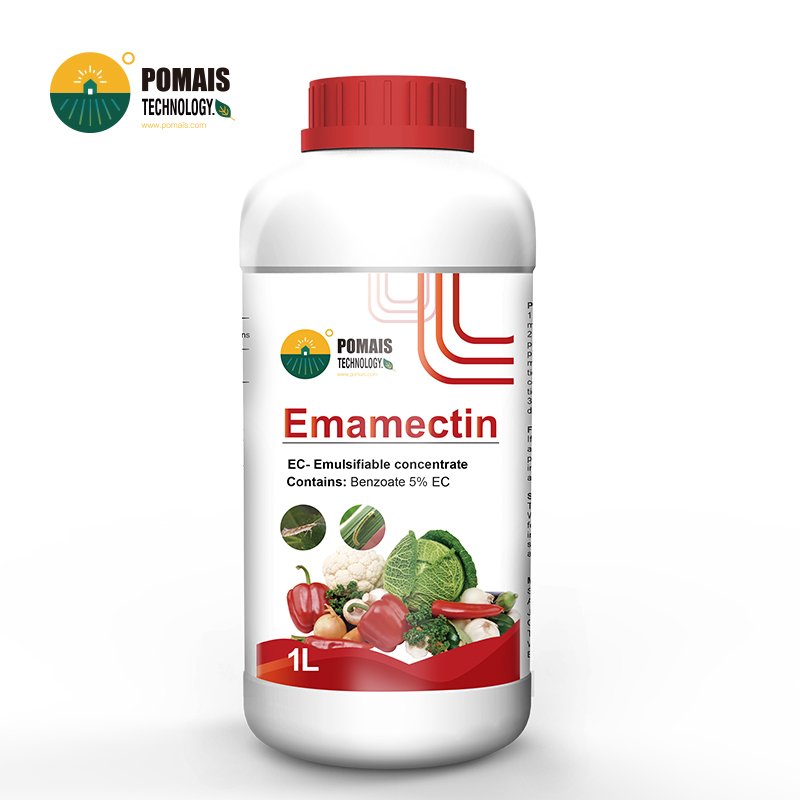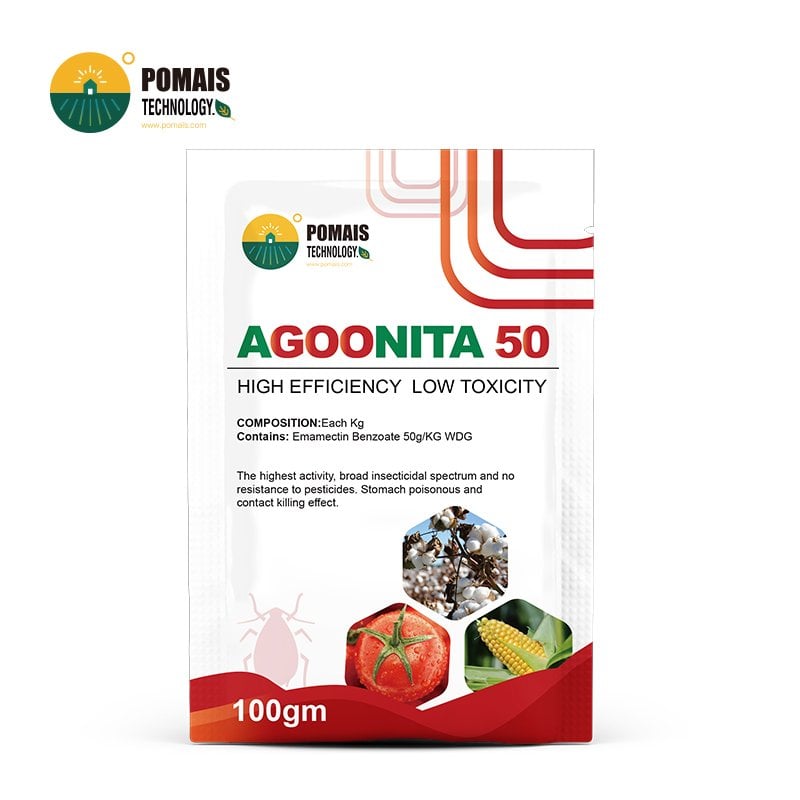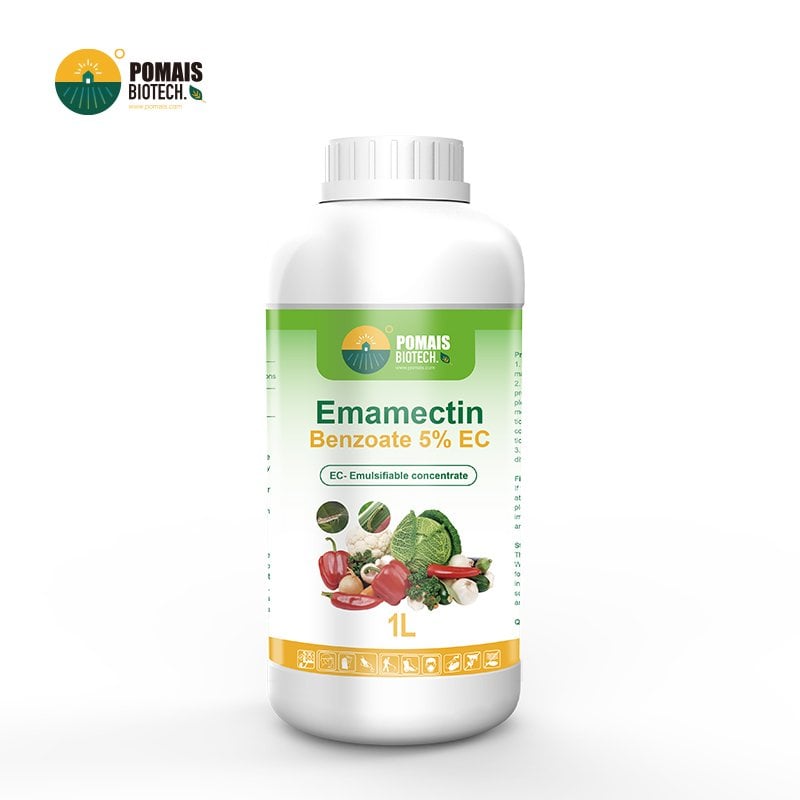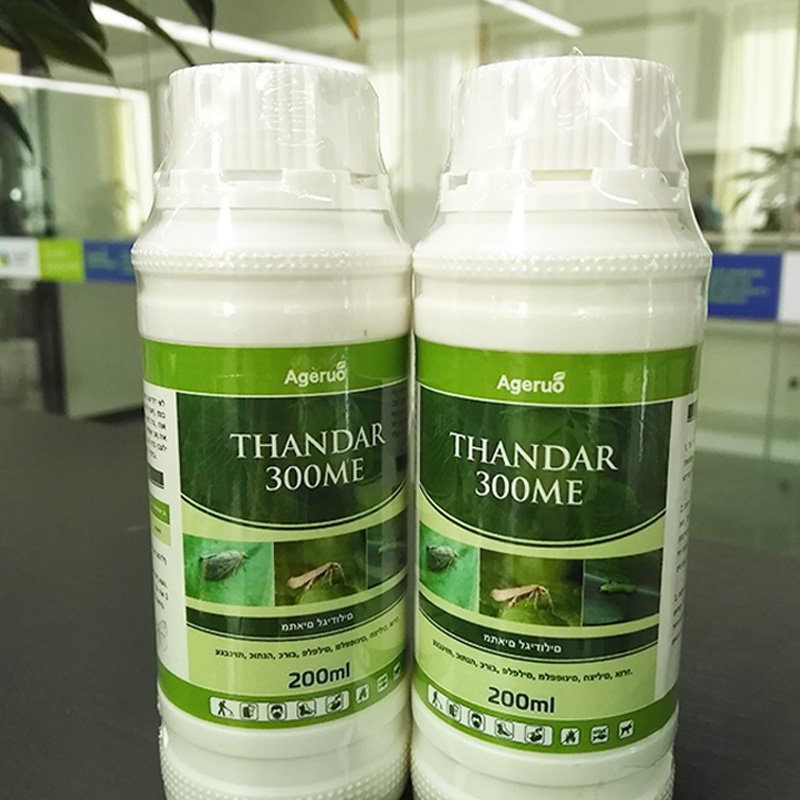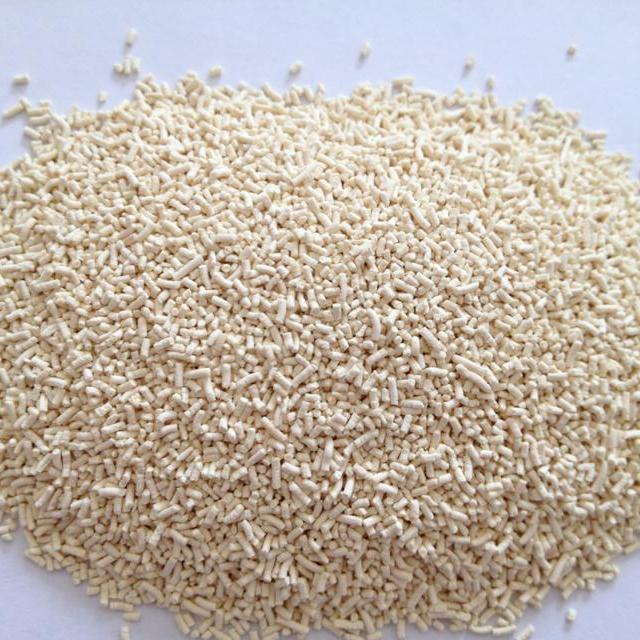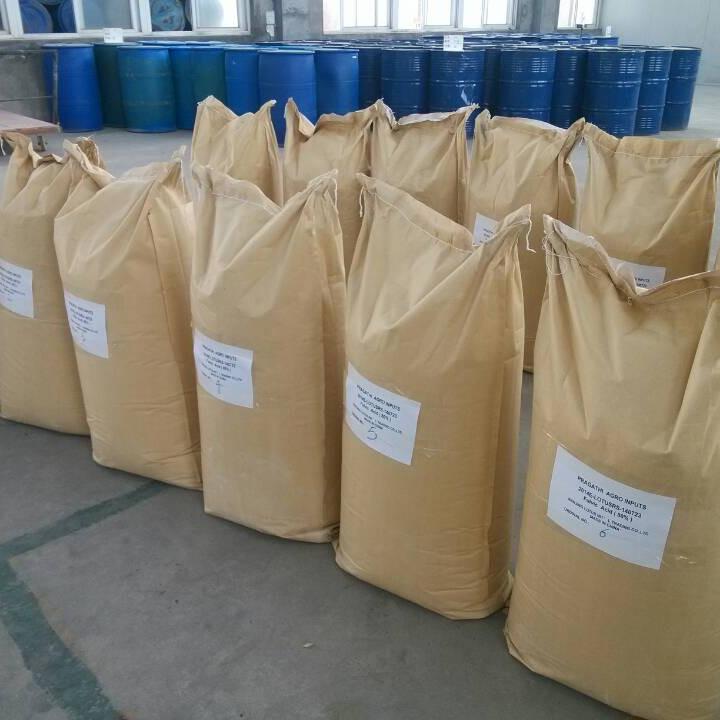Emamectin Benzoate vs. Imidacloprid
Emamectin Benzoate and Imidacloprid are two popular insecticides, widely used for pest management across various crops. While both are effective at controlling a range of pests, they differ in their chemical class, mode of action, and specific applications. Here is an in-depth look at each product and a comparison of their key characteristics.
Emamectin Benzoate
- Chemical Class: Avermectin derivative
- Mode of Action: Emamectin Benzoate works by binding to glutamate-gated chloride channels in the nervous system of insects, leading to an influx of chloride ions. This causes paralysis and eventual death due to the disruption of nerve signals.
- Formulation: Available as an emulsifiable concentrate or soluble powder, primarily used as a foliar spray.
Application and Use
- Target Pests: Effective against caterpillars, leaf miners, diamondback moth, and other lepidopteran pests.
- Crops: Used on a wide range of crops, including vegetables (such as cabbage and tomatoes), fruit trees (like apples and citrus), and row crops (such as soybeans and cotton).
- Systemic Activity: Limited systemic movement, but provides translaminar action—meaning it can penetrate the leaf surface and protect both sides of the leaf.
Advantages
- Highly Effective on Caterpillars: Provides strong control against caterpillars, particularly those that are resistant to other insecticides.
- Low Mammalian Toxicity: Relatively safe for mammals, allowing flexibility in its use across various crops.
Disadvantages
- Narrow Spectrum: Primarily effective against chewing pests (such as caterpillars) and may require combination with other insecticides for broader pest control.
- Requires Direct Contact or Ingestion: For best results, pests need to ingest treated foliage, making thorough coverage essential.
Imidacloprid
- Chemical Class: Neonicotinoid
- Mode of Action: Imidacloprid works by binding to nicotinic acetylcholine receptors in the insect nervous system. This disrupts neural transmission, leading to paralysis and death. Unlike Emamectin Benzoate, Imidacloprid mimics the effects of nicotine, overstimulating and ultimately blocking neural signals.
- Formulation: Available in various forms, including liquid, granular, and seed treatments, making it versatile for different application methods.
Application and Use
- Target Pests: Effective against sucking pests such as aphids, whiteflies, thrips, and leafhoppers. Also effective against some soil-dwelling pests like grubs.
- Crops: Used on a wide variety of crops, including vegetables, fruit trees, ornamentals, and turfgrass.
- Systemic Activity: Highly systemic, meaning it is absorbed by the plant and distributed throughout, offering long-lasting protection against pests that feed on treated plants.
Advantages
- Broad Spectrum: Controls a wide range of sucking pests, making it versatile for use across different crop types and pest pressures.
- Long-Lasting Residual Control: Imidacloprid remains active in plants for an extended period, providing ongoing protection from pests.
Disadvantages
- Environmental Concerns: Imidacloprid is known to impact non-target species, particularly bees and other pollinators, raising concerns about its effects on biodiversity.
- Resistance: Widespread use has led to resistance issues in some pest populations, necessitating rotation with other insecticides.
Comparison Table: Emamectin Benzoate vs. Imidacloprid
| Feature | Emamectin Benzoate | Imidacloprid |
|---|---|---|
| Chemical Class | Avermectin derivative | Neonicotinoid |
| Mode of Action | Affects glutamate-gated chloride channels | Affects nicotinic acetylcholine receptors |
| Target Pests | Primarily caterpillars and lepidopteran pests | Sucking pests such as aphids, whiteflies, thrips |
| Crops | Vegetables, fruit trees, row crops | Vegetables, fruit trees, ornamentals, turfgrass |
| Systemic Activity | Limited systemic movement, but translaminar action | Highly systemic, distributed throughout the plant |
| Application Form | Foliar spray | Liquid, granular, seed treatments |
| Environmental Impact | Low mammalian toxicity | Potential toxicity to pollinators |
| Resistance Management | Effective against resistant caterpillar species | Resistance reported in some pest populations |
| Residual Control | Short to moderate duration | Long-lasting residual control |
Summary of Key Differences
- Pest Control Spectrum: Emamectin Benzoate is highly effective against caterpillars and lepidopteran pests, making it ideal for crops affected by these pests. Imidacloprid, on the other hand, has a broader spectrum, targeting a wide range of sucking pests as well as some soil-dwelling insects.
- Systemic Movement: Imidacloprid offers high systemic activity, making it suitable for long-term control and for plants that benefit from root uptake and systemic distribution. Emamectin Benzoate, with its translaminar properties, provides good protection on treated foliage but lacks the extensive systemic movement found in Imidacloprid.
- Environmental Considerations: Emamectin Benzoate is considered less toxic to non-target species, whereas Imidacloprid has been associated with adverse effects on pollinators and aquatic life, requiring careful management to avoid environmental harm.
Conclusion
- Choose Emamectin Benzoate: If the primary pest concerns are caterpillars or other chewing insects, and there is a need for low mammalian toxicity with minimal environmental impact.
- Choose Imidacloprid: For broad-spectrum control, particularly if sucking pests are a major issue and long-lasting systemic protection is needed. However, ensure careful application to avoid impacts on pollinators and non-target organisms.
Both Emamectin Benzoate and Imidacloprid provide effective pest control but are tailored for different pest types and environmental considerations. Selecting the appropriate insecticide will depend on the specific pest challenges, crop requirements, and environmental impact considerations.
Emamectin Benzoate and Imidacloprid are two popular insecticides, widely used for pest management across various crops. While both are effective at controlling a range of pests, they differ in their chemical class, mode of action, and specific applications. Here is an in-depth look at each product and a comparison of their key characteristics.
Emamectin Benzoate
- Chemical Class: Avermectin derivative
- Mode of Action: Emamectin Benzoate works by binding to glutamate-gated chloride channels in the nervous system of insects, leading to an influx of chloride ions. This causes paralysis and eventual death due to the disruption of nerve signals.
- Formulation: Available as an emulsifiable concentrate or soluble powder, primarily used as a foliar spray.
Application and Use
- Target Pests: Effective against caterpillars, leaf miners, diamondback moth, and other lepidopteran pests.
- Crops: Used on a wide range of crops, including vegetables (such as cabbage and tomatoes), fruit trees (like apples and citrus), and row crops (such as soybeans and cotton).
- Systemic Activity: Limited systemic movement, but provides translaminar action—meaning it can penetrate the leaf surface and protect both sides of the leaf.
Advantages
- Highly Effective on Caterpillars: Provides strong control against caterpillars, particularly those that are resistant to other insecticides.
- Low Mammalian Toxicity: Relatively safe for mammals, allowing flexibility in its use across various crops.
Disadvantages
- Narrow Spectrum: Primarily effective against chewing pests (such as caterpillars) and may require combination with other insecticides for broader pest control.
- Requires Direct Contact or Ingestion: For best results, pests need to ingest treated foliage, making thorough coverage essential.
Imidacloprid
- Chemical Class: Neonicotinoid
- Mode of Action: Imidacloprid works by binding to nicotinic acetylcholine receptors in the insect nervous system. This disrupts neural transmission, leading to paralysis and death. Unlike Emamectin Benzoate, Imidacloprid mimics the effects of nicotine, overstimulating and ultimately blocking neural signals.
- Formulation: Available in various forms, including liquid, granular, and seed treatments, making it versatile for different application methods.
Application and Use
- Target Pests: Effective against sucking pests such as aphids, whiteflies, thrips, and leafhoppers. Also effective against some soil-dwelling pests like grubs.
- Crops: Used on a wide variety of crops, including vegetables, fruit trees, ornamentals, and turfgrass.
- Systemic Activity: Highly systemic, meaning it is absorbed by the plant and distributed throughout, offering long-lasting protection against pests that feed on treated plants.
Advantages
- Broad Spectrum: Controls a wide range of sucking pests, making it versatile for use across different crop types and pest pressures.
- Long-Lasting Residual Control: Imidacloprid remains active in plants for an extended period, providing ongoing protection from pests.
Disadvantages
- Environmental Concerns: Imidacloprid is known to impact non-target species, particularly bees and other pollinators, raising concerns about its effects on biodiversity.
- Resistance: Widespread use has led to resistance issues in some pest populations, necessitating rotation with other insecticides.
Comparison Table: Emamectin Benzoate vs. Imidacloprid
| Feature | Emamectin Benzoate | Imidacloprid |
|---|---|---|
| Chemical Class | Avermectin derivative | Neonicotinoid |
| Mode of Action | Affects glutamate-gated chloride channels | Affects nicotinic acetylcholine receptors |
| Target Pests | Primarily caterpillars and lepidopteran pests | Sucking pests such as aphids, whiteflies, thrips |
| Crops | Vegetables, fruit trees, row crops | Vegetables, fruit trees, ornamentals, turfgrass |
| Systemic Activity | Limited systemic movement, but translaminar action | Highly systemic, distributed throughout the plant |
| Application Form | Foliar spray | Liquid, granular, seed treatments |
| Environmental Impact | Low mammalian toxicity | Potential toxicity to pollinators |
| Resistance Management | Effective against resistant caterpillar species | Resistance reported in some pest populations |
| Residual Control | Short to moderate duration | Long-lasting residual control |
Summary of Key Differences
- Pest Control Spectrum: Emamectin Benzoate is highly effective against caterpillars and lepidopteran pests, making it ideal for crops affected by these pests. Imidacloprid, on the other hand, has a broader spectrum, targeting a wide range of sucking pests as well as some soil-dwelling insects.
- Systemic Movement: Imidacloprid offers high systemic activity, making it suitable for long-term control and for plants that benefit from root uptake and systemic distribution. Emamectin Benzoate, with its translaminar properties, provides good protection on treated foliage but lacks the extensive systemic movement found in Imidacloprid.
- Environmental Considerations: Emamectin Benzoate is considered less toxic to non-target species, whereas Imidacloprid has been associated with adverse effects on pollinators and aquatic life, requiring careful management to avoid environmental harm.
Conclusion
- Choose Emamectin Benzoate: If the primary pest concerns are caterpillars or other chewing insects, and there is a need for low mammalian toxicity with minimal environmental impact.
- Choose Imidacloprid: For broad-spectrum control, particularly if sucking pests are a major issue and long-lasting systemic protection is needed. However, ensure careful application to avoid impacts on pollinators and non-target organisms.
Both Emamectin Benzoate and Imidacloprid provide effective pest control but are tailored for different pest types and environmental considerations. Selecting the appropriate insecticide will depend on the specific pest challenges, crop requirements, and environmental impact considerations.

